The effects of coding on pre-primary students
Publication date: July 13, 2020
by Leticia Gil Ramos, preschool teacher in Spain
Numerous experts share the idea to introduce Computational Thinking (CT) in the school curriculum. CT allows our students to approach problems and solve them efficiently. What is more, coding helps students in our technology-based society to move from a consumer role to one of a creator. Children learn to develop algorithmic thinking which enables them to better understand, interpret, and assess the experiences in their lives.
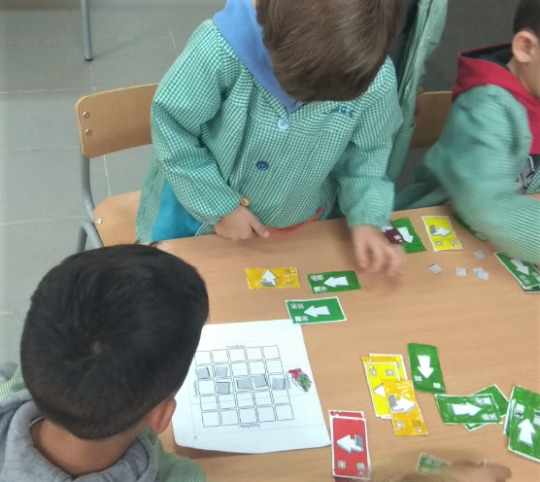
The benefits of coding for our students
The development of computational thinking from a tender age is one of the latest trends in the educational landscape, which is why various countries have begun to modify their curriculum. The experience I am going to share involves activities with children aged 5-6 years old. They started coding when they came to school for the first time, at the age of three.
To boost children’s’ cognitive skills is one of the primary benefits of coding:
- Through coding, they can learn new ways of thinking of breaking up problems into smaller steps. This is essential if we want to individualise our teaching methods or if we have children with educational needs in class.
- They can learn how to take the fear out of making mistakes and failing. Coding teaches persistence in finding a way to solve their problems.
- They can learn while playing. In this educational period, more than others, the best way to learn is playing.
The activity I am going to present was organised in a public school in Toledo, Spain. It involved a heterogenous group of twenty children aged 5-6 years old. Coding allows adapting to each level and improving the way each of them learns. We started coding when our students were 3-4 years old. Mainly, we did two kinds of activities: unplugged and plugged activities.
Unplugged activities
Unplugged activities are those you can do without the necessity of using the internet. For instance, our pupils can become robots coding with their own movements. At first, we tried playing in a big group with 19-20 students, but as the academic year progressed, we started playing in smaller groups. To play the game, students gave easy instructions to the others who had to follow the instructions and move their position accordingly.
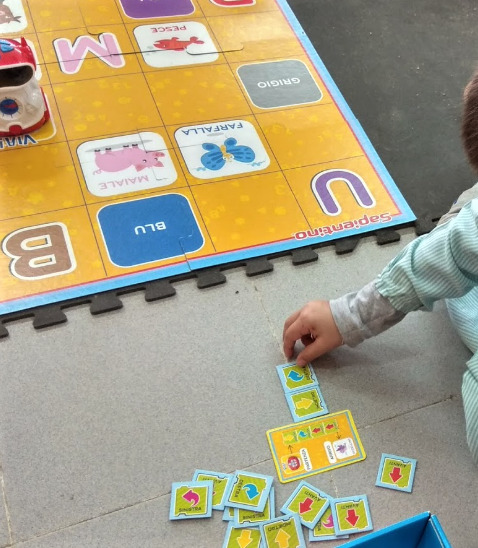
Another unplugged activity we usually organise is Cody & Roby – a card game that allows children to learn coding without using electronic devices. Simple instructions are given, such as turn right, turn left or go straight. This game is well-liked among children not only for the colour and the design of the cards but also because children can play different games, such as The Duel or The Snake, and can even invent their own rules and games.
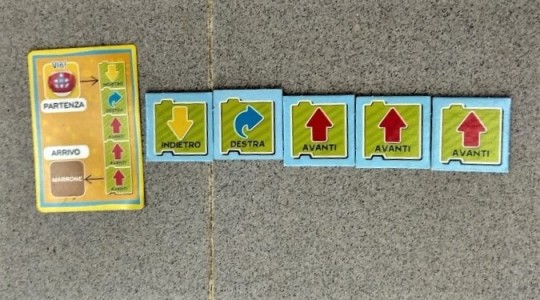
Bee-Bot/ Dot
Other activities we usually do involve Bee-Bot and Dot, two similar robots which allow our students to learn how to code. The students need to push buttons to guide robots with simple instructions. This way, our students develop their concentration and motivation while playing and learning at the same time. The best part is that the mats used to play this game are very easy to create and modify using a transparent wrap divided into squares (15×15 centimetres), which allows us to teach any subject.
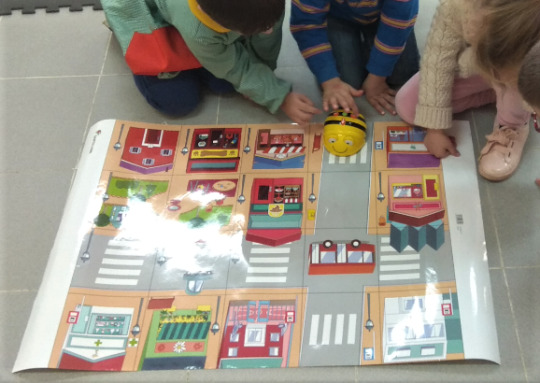
What about the future
It is necessary to continue training, encouraging other teachers we work with to code with students. What is more, the support of parents is vital to keep motivating our students. I encourage them to participate from the beginning, explaining to them everything in our parent-teacher meetings.
Future activities we have in mind are Escornabot and Scratch Jr.
Escornabot is another robot that can even be created from scratch by students.
Scratch Jr. is a visual programming language that allows our students to program their own interactive stories and games, learning, in the meantime, how to solve problems, design projects, and express themselves through coding.
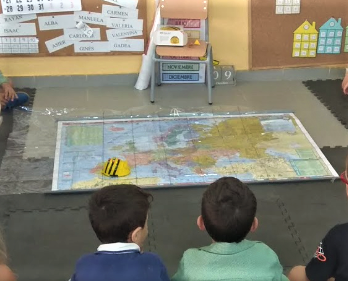
We share our experience to encourage other teachers and families to start coding with their children. To program simple activities that motivate our students and knowing the positive effects it has: the development of creative problem-solving and cognitive skills. It is crucial to revise and update the school curriculum to include coding in the lesson plans and guarantee training for teachers. Computational thinking has the potential to advance students’ problem-solving skills, helping them to think in new ways.
